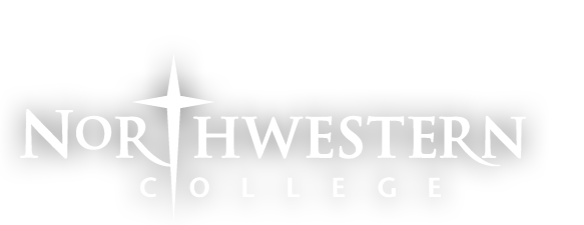Abstract
1 in every 15-30 million nucleotides can be considered a mutation in healthy individuals. Replication of damaged DNA leads to genetic mutations. Genetic mutations lead to disorders and cancer. Rev1, a Y family polymerase, prevents minor mutations, such as abasic sites and exocyclic guanines, in the template strand from shutting down the process of replication. Our mutant Rev1, R324G/L325G, has replaced both the arginine located on nucleotide base number 324 and the leucine on nucleotide base number 325 with glycine. The arginine and leucine have more complex side chains groups with specific hydrophobic/hydrophilic properties. By replacing them with glycine, the side chains are now simplified to hydrogen. Our hypothesis is that Rev1 evicts the nucleotide from the active site and replaces it with an arginine while the leucine stabilizes the template base outside of the active site. We hypothesis that arginine and leucine side chains provide the mechanism for Rev1 to be a functional polymerase. This mutated Rev1 should be unable to perform this mechanism. Based on protocol provided by Dr. Bret Freudenthal and his associates at the University of Kansas Medical Center and the support of the Phoebe Laser Research Group led by Dr. Carlson and Dr. Grace, and the Chemistry Department at Northwestern, we have grown E. coli with wild type and mutant Rev1 and are in the process of purifying the Rev1 protein for crystallography.
Rev1 Protein Purification
1 in every 15-30 million nucleotides can be considered a mutation in healthy individuals. Replication of damaged DNA leads to genetic mutations. Genetic mutations lead to disorders and cancer. Rev1, a Y family polymerase, prevents minor mutations, such as abasic sites and exocyclic guanines, in the template strand from shutting down the process of replication. Our mutant Rev1, R324G/L325G, has replaced both the arginine located on nucleotide base number 324 and the leucine on nucleotide base number 325 with glycine. The arginine and leucine have more complex side chains groups with specific hydrophobic/hydrophilic properties. By replacing them with glycine, the side chains are now simplified to hydrogen. Our hypothesis is that Rev1 evicts the nucleotide from the active site and replaces it with an arginine while the leucine stabilizes the template base outside of the active site. We hypothesis that arginine and leucine side chains provide the mechanism for Rev1 to be a functional polymerase. This mutated Rev1 should be unable to perform this mechanism. Based on protocol provided by Dr. Bret Freudenthal and his associates at the University of Kansas Medical Center and the support of the Phoebe Laser Research Group led by Dr. Carlson and Dr. Grace, and the Chemistry Department at Northwestern, we have grown E. coli with wild type and mutant Rev1 and are in the process of purifying the Rev1 protein for crystallography.

